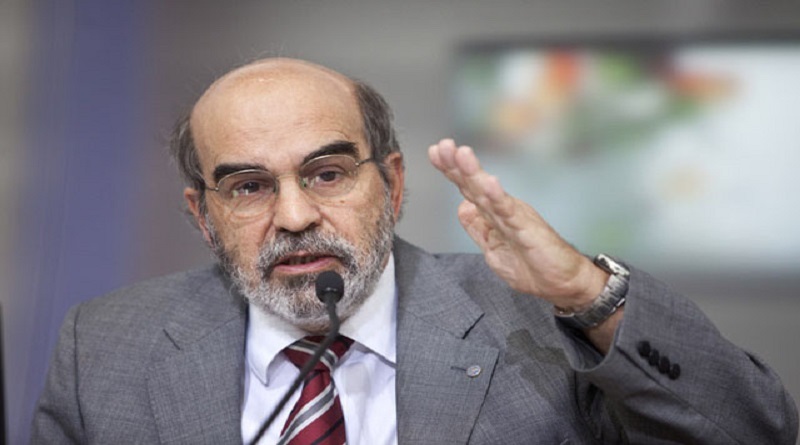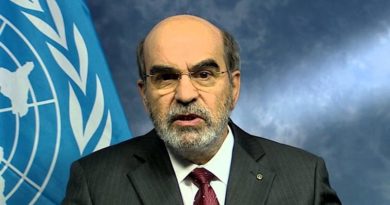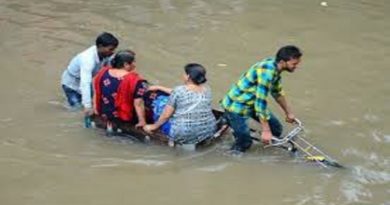Governments commit to South-South cooperation on agriculture, rural development
Government representatives that attended the Ministerial Forum on South-South Cooperation in Agriculture on Friday November 2, 2018 committed to greater South-South cooperation on agriculture and rural development to increase momentum towards achieving the Sustainable Development Goals of ending poverty and hunger.
The Changsha Declaration, formalized at the end of today’s forum, sets out plans to include South-South cooperation principles into national policies and programmes, and was agreed to by 26 countries and 11 international organizations.
“As the 2030 Agenda for Sustainable Development adopted in 2015 by world leaders calls for the eradication of extreme poverty, hunger and all forms of malnutrition, more and more we need to mobilize private sector financing in support of the 2030 Agenda, as without the private sector we will never achieve the desired goals by 2030,” the UN Food and Agriculture Organization’s Director-General Jose Graziano da Silva said during his closing remarks.
The result of this Ministerial Forum will provide new momentum for international development cooperation, and will be an important contribution to the second UN Conference on South-South Cooperation (BAPA+40) to be held in Argentina next year.
China’s leading example
The forum in Changsha, the capital of Hunan Province, was organized by FAO and China’s Ministry of Agriculture and Rural Affairs. In 2006, China was the first country to establish a strategic alliance with FAO on South-South cooperation, and today more than one thousand Chinese experts and technicians have supported 37 countries in Africa, Asia, the Pacific, Latin America and the Caribbean on agriculture issues.
On the sidelines of the forum, FAO signed a two-year agreement with China and Madagascar that will see China share its technical expertise to boost Madagascar’s agriculture, livestock and fisheries sectors, with support from FAO. One of the aims of the project is to make Madagascar self-sufficient in rice production by 2025.
Working together
Demand by countries for South-South cooperation programs has increased in the past decade, and such programs have proven to be an effective instrument for sharing knowledge and facilitating mutual learning.
To respond to the growing demand, FAO together with sister Rome-based UN agencies the International Fund for Agricultural Development (IFAD) and the World Food Programme (WFP) have produced the Joint Roadmap on Sooth-South Cooperation as a common strategy for implementing triangular projects in developing countries.
Hunger and malnutrition in Asia
The forum comes as four UN agencies (FAO, UNICEF, WFP, WHO) released a new regional report on food security and malnutrition in Asia and the Pacific region. The report highlights that nearly half a billion people (486 million) are undernourished in the region, with little improvement in the last two years. One child in every four (79 million) suffers from stunting and 34 million children are wasting, including 12 million who suffer from severe acute malnutrition. At the same time, obesity in the region is increasing.
The four agencies warn of a colossal human loss to Asia and the Pacific and its economies if countries in the region do not recommit themselves to ending all forms of malnutrition and achieving Zero Hunger by 2030.
Centre of Excellence
The Director-General also announced plans to establish an International Centre of Excellence for Agriculture Innovation and Rural Development in Beijing. The Centre will provide training and capacity development for agricultural innovation and rural revitalization, and promote greater investment in rural areas in order to fast-track the achievement of Zero Hunger.
Graziano da Silva also signed a Memorandum of Understanding between FAO and the China Agriculture Science and Education Foundation. The collaboration will focus on fostering sustainable and climate-resilient agricultural development in China, reducing rural poverty, food insecurity and malnutrition, and facilitating China’s regional and international agricultural cooperation.




